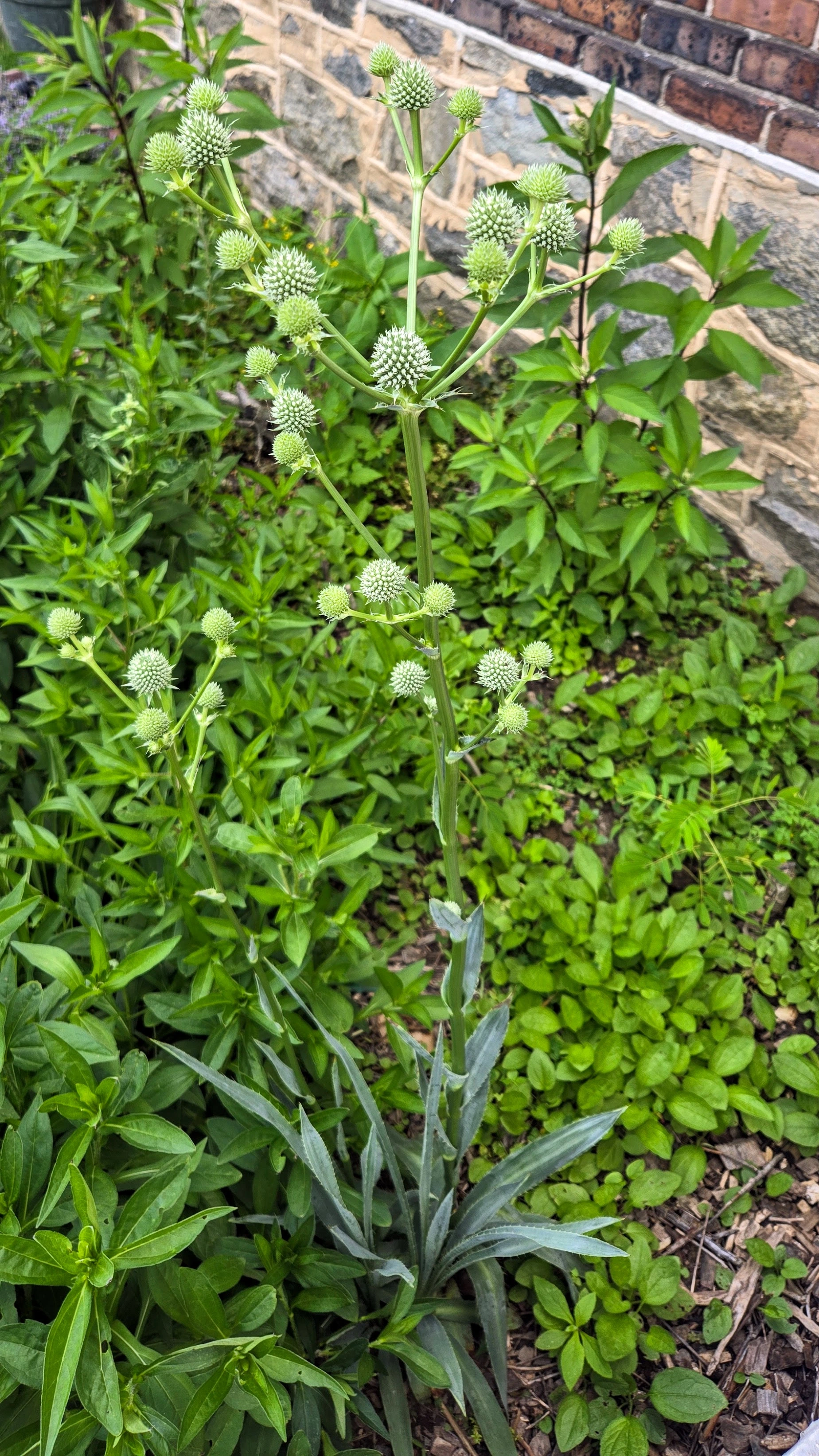Simone Weil (1909 — 1943) was a French philosopher, labor activist, ascetic and mystic.
The author of the introduction, Gustave Thibon, shares the circumstances of his meeting Weil:
In June 1941 the Reverend Father Perrin, a Dominican friend then living at Marseilles, sent me a letter which I do not happen to have kept but which ran more or less as follows: ‘There is a young Jewish girl here, a graduate in philosophy and a militant supporter of the extreme left. She is excluded from the University by the new laws and is anxious to work for a while in the country as a farm hand. I feel that such an experiment needs supervision and I should be relieved if you could put her up in your house.’
Thibon later shares how he gained possession of Weil's writings which would become Gravity and Grace:
I saw her for the last time at the beginning of 1942. At the station she gave me a portfolio crammed with papers, asking me to read them and to take care of them during her exile. As I parted from her I said jokingly, in an attempt to hide my feelings: ‘Goodbye till we meet again in this world or the next!’ She suddenly became serious and replied: ‘In the next there will be no meeting again.’ She meant that the limits which form our ‘empirical self’ will be done away with in the unity of eternal life. I watched her for a moment as she was disappearing down the street. We were not to meet again: contacts with the eternal in the time order are fearfully ephemeral.
The Philosophize This! podcast has a four part introductory series on Simone Weil (with transcripts). There are short videos from this series on their clips channel on YouTube.
The Talk Gnosis podcast hosted a discussion about Weil's work featuring two poets.






Oh no! I didn't know that, what a bummer :( My favorite one of his is about the boomers who didn't rebel.